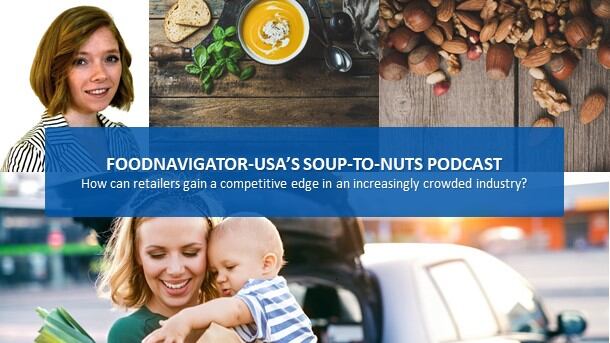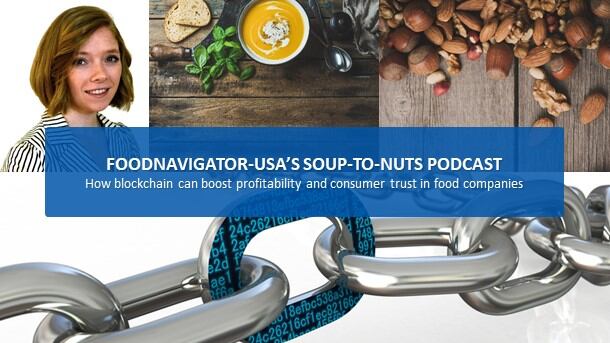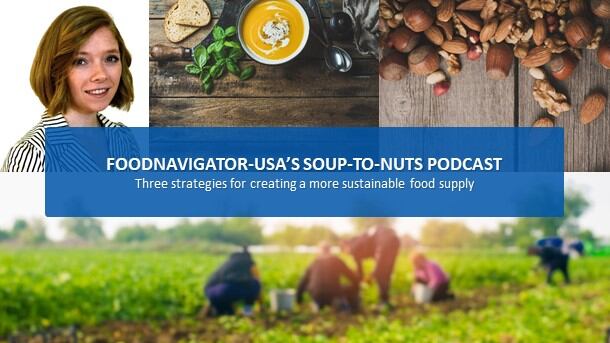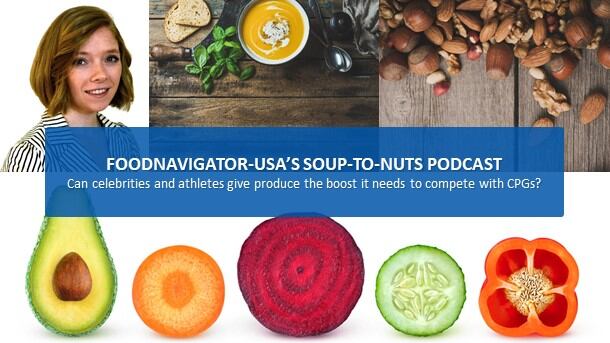According to recently released data from the consumer data portal Statista, at the end of 2017 about 50% of US consumers buy groceries at supermarkets, followed by 34% at supercenters, 7% at limited assortment stores, 5% at club, 2% at organic and specialty stores and 2% at alternative stores.
But this mix is changing as retailers across categories strive to offer more of what consumers want, which Statista says for food and beverage is taste, followed by price, healthfulness and convenience. In addition, sustainability and quality are becoming increasingly influential factors.
At the same time, the popularity of online shopping is rising – further eroding consumer loyalty to retailers with a strictly brick and mortar presence. Again according to Statista, e-retail of food increased 18% from 2017 to 2018 to capture about $17.5 billion. And this number is projected to increase to nearly $30 billion by 2021.
So, how can retailers gain an edge over the competition and keep consumers coming back? According to Tom Caporaso, CEO of Clarus Commerce and a grocery loyalty expert, one strategy is to offer premium loyalty programs. In this episode of FoodNavigator-USA’s Soup-To-Nuts podcast, Caporaso explains how premium loyalty programs can give retailers a competitive edge by leveraging personalization and data to drive shoppers back to their stores more frequently and consistently. He also discusses the changing competitive landscape and other strategies for attracting consumers and keeping them coming back time after time.
Times are changing
As recently as ten years ago, most consumers went to the same grocery store every week and rarely detoured to pick up food elsewhere, unless they were on a road trip or visited a farmers’ market for novelty. This loyalty placed a lot of power in the hands of retailers, many of which did little to keep it because the competition simply wasn’t there.
But as Caporaso explains, a lot has changed in the past decade and retailers need to change too, or else risk losing their shoppers.
“Over the last 10 years the power has squarely moved into the consumers hands. There is more choice than ever, both in brick-and-mortar stores and definitely in digital and mobile and there are also more outlets for consumers to share what they like and potentially what they don’t like,” he said.
Create a dialogue with consumers
He added the retailers who are listening to consumers are the ones that are growing, while those who keep following the status quo are struggling.
Caporaso encourages retailers to open up a dialogue with consumers about what they want – and one way to do that is with a premium loyalty program that goes beyond the key fobs and plastic cards many retailers ask consumers to scan at checkout in exchange for coupons for future purchases.
“When we think about premium loyalty we define that as a subscription based program that typically brings enhanced value and that can be transactional value or discounts and offers, but also emotional benefits that are above and beyond anything a free program could create for them,” he said.
An example is how Amazon Prime is often cited by consumers as a great loyalty program and rarely do consumers mention the price point. Rather consumers like it because it offers fast, free shipping and uses their shopping and browsing patterns to make repeat purchases and discovery easier.
To attract consumers and make paying a monthly or annual fee for a loyalty program ‘worth it’ for consumers, retailers need to be prepared to give consumers something in return for the data that goes beyond a better assortment at shelf. And, according to Caporaso, that benefit should be instant.
Caporaso notes retailers likely won’t be able to create a “hero benefit like free and fast two-day shipping like Amazon came out with 14 years ago,” but he says by listening to consumers they can identify other benefits that shoppers will value, such as coupons or access to free samples or previews of upcoming new products.
Technology can help deliver personalized benefits
Identifying and delivering what consumers want is “the tricky part” of creating a premium loyalty program, according to Caporaso. But he says viewing the challenge through the lens of technology can provide the agility and flexibility needed to collect and quickly respond to consumer feedback.
“What we do is we build the premium loyalty programs for retailers so when they join a VIP program, for lack of a better word, we know who they are, what they ae shopping for, what benefits and features they are using. So, we have a tremendous amount of data on the retailer and, ultimately, we are trying that back to the retailer and sharing all those customer insights to help them think about features and functionality that they don’t have,” but which consumers would appreciate, he said.
Based on his experience crafting premium loyalty programs, Caporaso says the best strategy is to provide a mix of transactional and emotional benefits.
Implementing a premium loyalty program
Programs like this might sound intimidating to implement – especially for smaller retailers given the already slim margins with which many in the food and beverage industry struggle.
But Caporaso says Clarus Commerce tries to make premium loyalty programs as accessible as possible by helping retailers target discounts to their most loyal shoppers, rather than taking a blanket approach, and by operating on a shared revenue model.
“If you were to partner with another loyalty company, they typically have an onboarding fee, a monthly fee and a transaction fee. So, if you want a report pulled, there is a report fee. Our business model is a little different … We don’t ask for an upfront fee, we don’t do an ongoing fee. We do a revenue share on the paid subscription. So, only if the program is successful, do we make money,” he explained.
This is strong motivation to ensure that the program works, he added.
For a premium loyalty program to work in the long-term, Caporaso stresses that retailers can’t implement them and then leave them. Rather, they need to be continually tweaked and updated as consumers’ needs and values change.
He explained the program should “continually be pushing the envelope and thinking about what is next and what should we test and how should we communicate. That is a really important mindset that retailers should have.”




